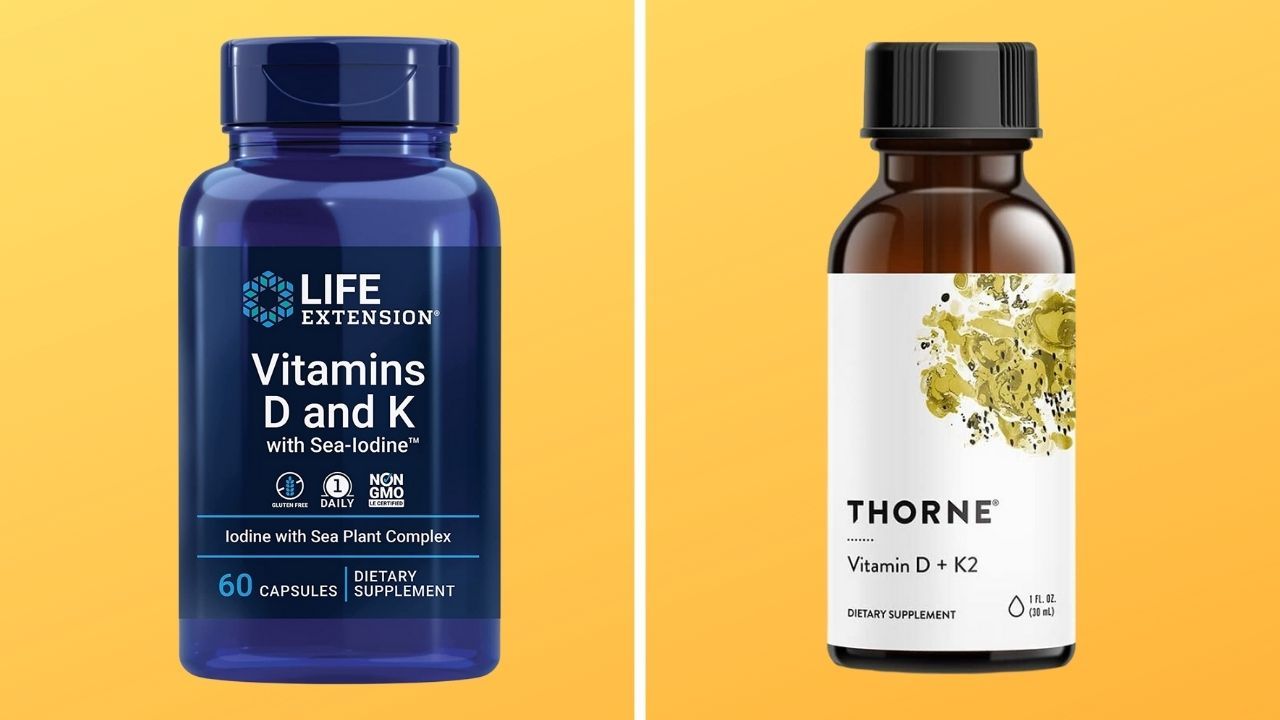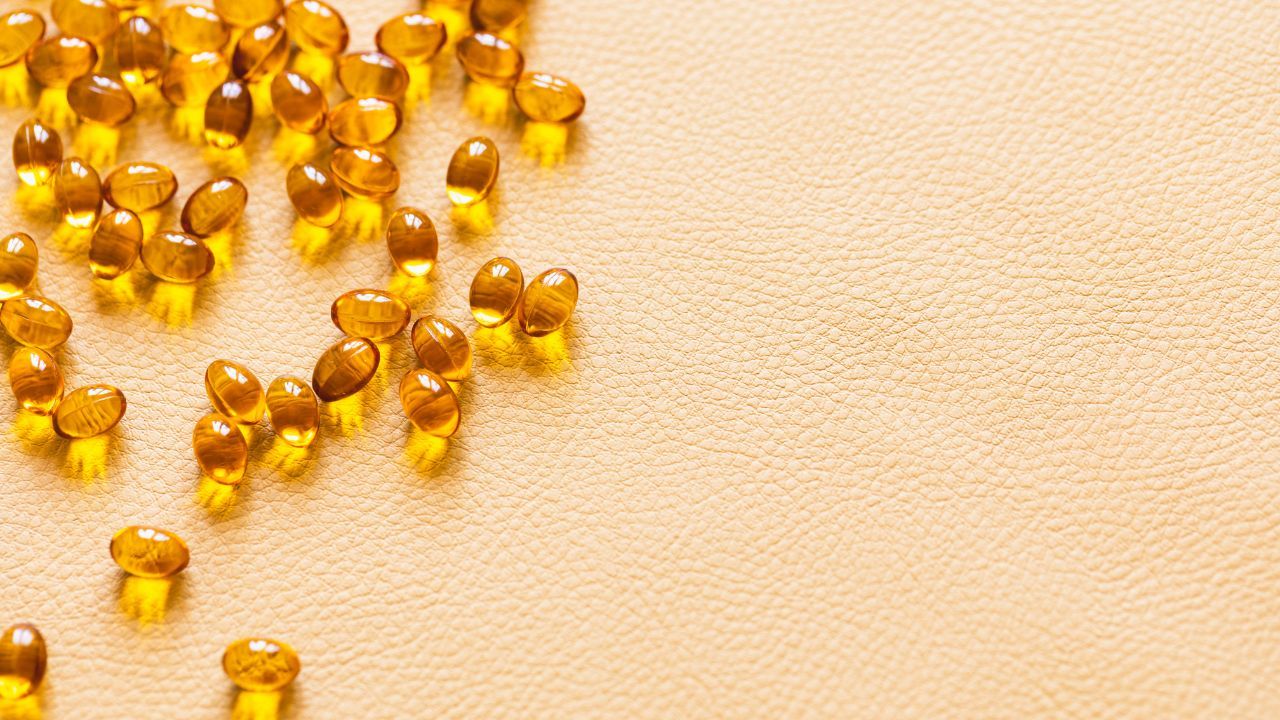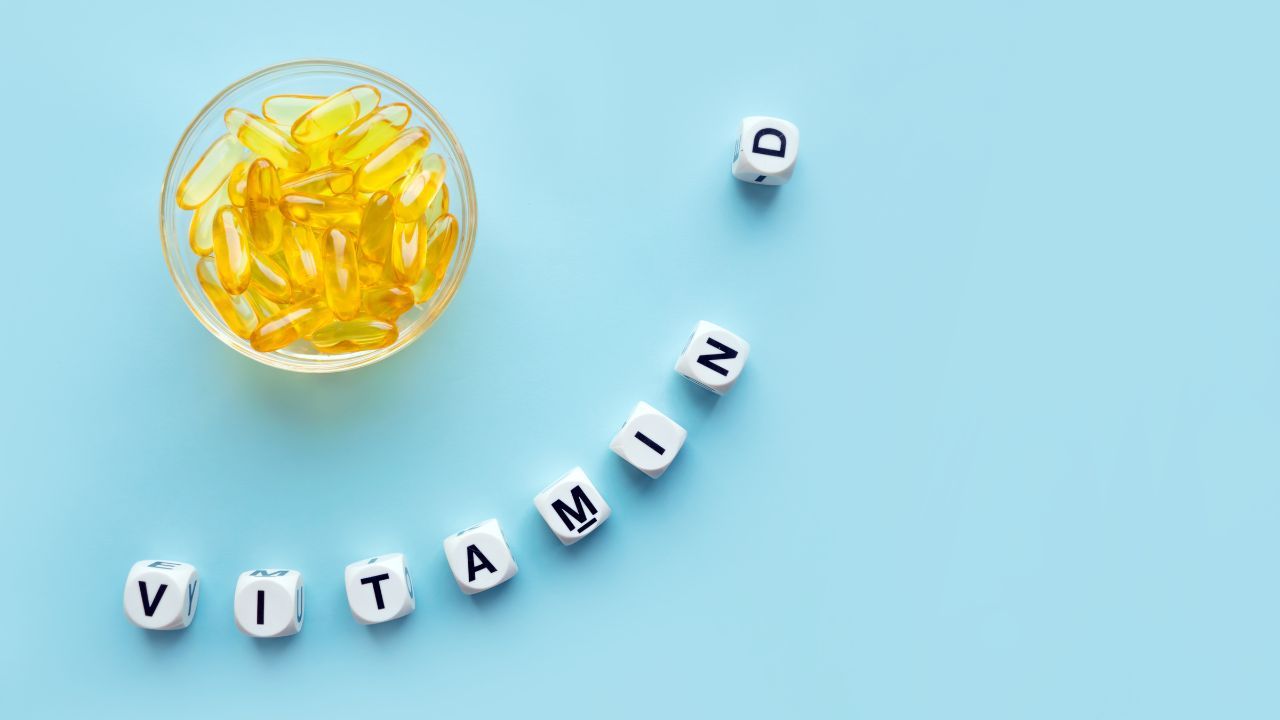
What is the Difference Between Vitamin D2 and D3?
Learn what is the difference between vitamin D2 and D3, their role in health, and tips on maintaining optimal vitamin D levels for well-being.
Have you ever wondered why vitamin D is so important for human health?
Currently, there is a high prevalence of vitamin D deficiency with approximately one billion people worldwide being affected.
Taking vitamin D supplements is important for those at risk of deficiency, such as older adults, individuals living in less sunny climates, and people with darker skin.
Well, it plays a crucial role in maintaining strong bones, supporting our immune system, and even ensuring proper muscle function.
But did you know that there are actually two main forms of vitamin D – D2 and D3?
We'll dive deep into the differences between these two essential nutrients, so you can make informed decisions about your health.
What is Vitamin D?
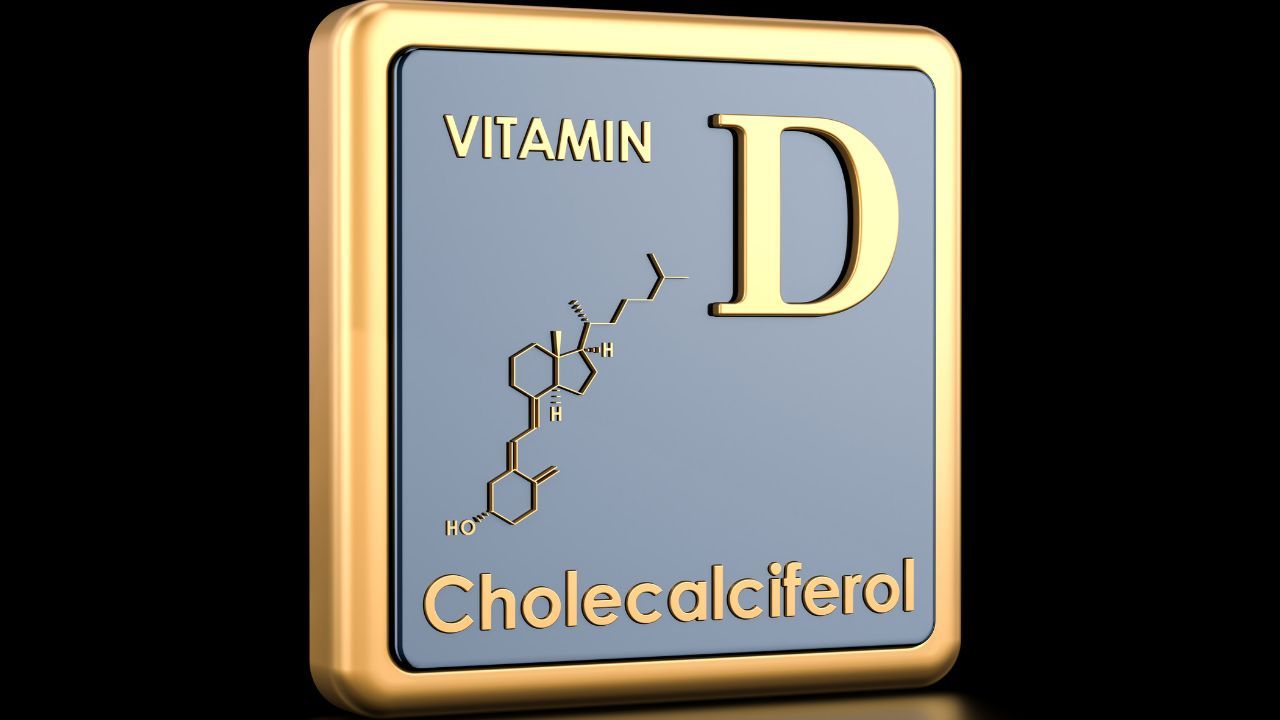
First things first, let's define what vitamin D is.
It also plays a significant role in various other aspects of our health, such as:
Bone health
Vitamin D is like the superhero that keeps our bones strong by aiding in the absorption of calcium and phosphorus. Without enough vitamin D, our bones could become weak and brittle, making them more susceptible to fractures.
Immune system
Imagine our immune system as an army, and vitamin D as its commander-in-chief. Vitamin D helps our immune system stay strong, ready to fight off invaders like viruses and bacteria.
Muscle function
Vitamin D also acts like a personal trainer for our muscles, helping them work efficiently and effectively to support our daily activities and prevent falls.
Other potential benefits
There's more to vitamin D than meets the eye. Some studies suggest that it might have a positive effect on mental health, reducing the risk of depression and anxiety.
How Our Body Gets Vitamin D
Now that we know how essential vitamin D is, let's talk about the three main ways our body can get its daily dose:
Sunlight exposure
Our skin is like a mini solar panel that produces vitamin D when exposed to sunlight. Spending some time outdoors each day, especially during the sunnier months, can help our body create this vital nutrient.
Diet
We can also get vitamin D from certain foods, like fatty fish (salmon, mackerel), eggs, and fortified products (cereals, milk). Including these in our diet can help boost our vitamin D levels.
Supplements
Sometimes, we need a little extra help to reach our daily vitamin D goals. That's where supplements come in. There are various vitamin D supplements available, which can be especially helpful for those who have limited sun exposure or dietary restrictions.
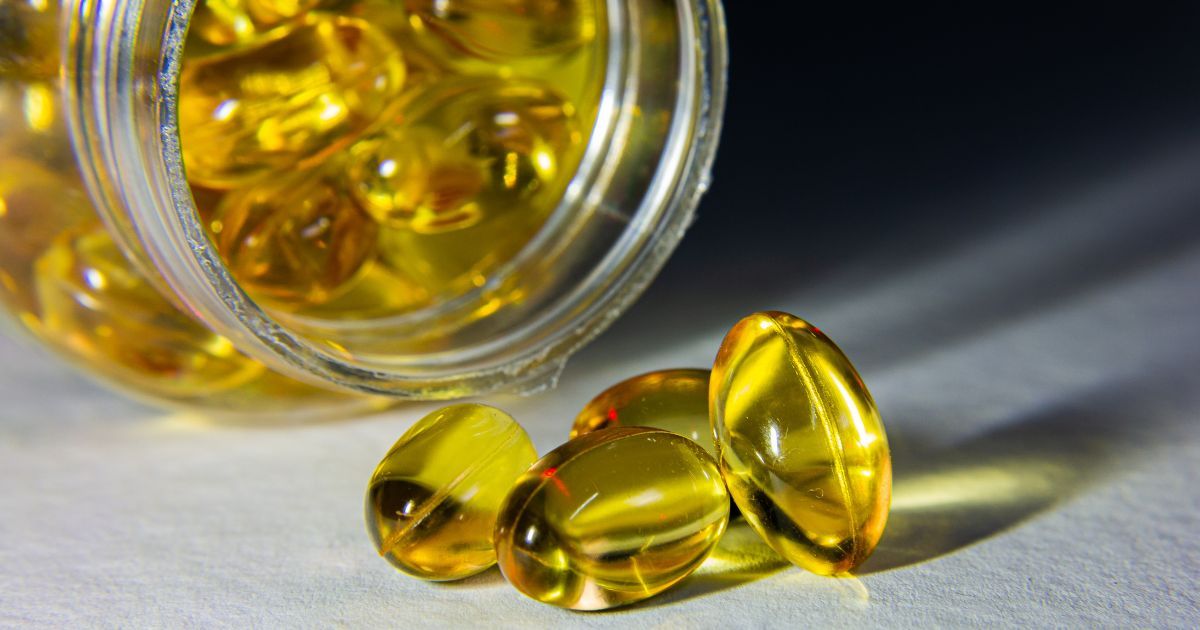
Vitamin D2: Origins, Sources, and Benefits
Let's start with vitamin D2, also known as ergocalciferol.
Dietary sources of vitamin D2
Vitamin D2 primarily comes from plant-based sources, such as:
- Mushrooms (especially when exposed to UV light)
- Fortified foods (e.g., certain cereals, plant-based milk, and orange juice)
Including these foods in your diet can help boost your vitamin D2 intake.
Benefits of vitamin D2
Vitamin D2 contributes to our overall health by helping our body absorb calcium and phosphorus, which are essential for maintaining strong bones and teeth. It also supports our immune system and muscle function.
Absorption and conversion of vitamin D2 in the body
When we consume vitamin D2, our body works like a well-oiled machine to convert it into its active form. This process involves our liver and kidneys, which transform the vitamin D2 into a compound our body can use effectively.
Vitamin D3: Origins, Sources, and Benefits

Now, let's talk about vitamin D3 or cholecalciferol.
Dietary sources of vitamin D3
Vitamin D3 is found in several animal-based sources, such as:
- Fatty fish (e.g., salmon, mackerel, sardines)
- Egg yolks
- Fortified dairy products (e.g., milk, yogurt, cheese)
Don't forget that spending time outdoors in the sun can also help your body produce vitamin D3 naturally!
Benefits of vitamin D3
Vitamin D3 shares many of the same benefits as vitamin D2, including promoting bone health, healthy immune function, and aiding muscle function.
- However, some studies suggest that vitamin D3 may be more effective than vitamin D2 in raising and maintaining our body's vitamin D levels.
Absorption and conversion of vitamin D3 in the body
Just like with vitamin D2, our body converts vitamin D3 into its active form through a process involving the liver and kidneys.
- However, research indicates that vitamin D3 may be more efficiently absorbed and converted than vitamin D2, making it a more potent option for maintaining healthy vitamin D levels.
Comparing Vitamin D2 and D3: Efficacy, Absorption, and Recommendations
Now that we understand the basics of vitamin D2 and D3, let's compare their efficacy and absorption to help you make the best choice for your needs.
Differences in efficacy and absorption
Although both vitamin D2 and D3 provide health benefits, research suggests that vitamin D3 might be more effective in raising and maintaining vitamin D levels.
This is because vitamin D3 is generally better absorbed and converted by our body compared to vitamin D2.
Conclusion of the study
If someone needs extra help getting enough vitamin D, a special vitamin D3 shot might be the best choice. It can make them feel better faster and costs less money.
Scientists need to do more tests to learn even more about how vitamin D2 and D3 work.
Recommendations for choosing between vitamin D2 and D3 supplements
When deciding which form of vitamin D supplement to take, consider the following factors:
- Vegans and vegetarians: Since vitamin D3 is primarily found in animal sources, vegans and vegetarians may prefer to opt for vitamin D2 supplements derived from plant-based sources.
- Individuals with specific health conditions or concerns: Some people may have difficulty absorbing or converting one form of vitamin D over the other. It's essential to consult with a healthcare professional to determine which form is best for your unique needs.
How to Determine Your Vitamin D Levels and Optimal Intake

To ensure you're getting enough vitamin D, it's crucial to know your current levels and understand the optimal intake for your age, sex, and life stage.
Importance of knowing your current vitamin D levels
Knowing your vitamin D levels can help you make informed decisions about your diet and supplementation, ensuring you maintain healthy levels for overall well-being.
Testing options for improving vitamin D status
There are several ways to test your vitamin D levels, including:
- Blood tests conducted by a healthcare professional
- At-home testing kits that allow you to collect a sample and send it to a lab for analysis
General guidelines for daily vitamin D intake
While daily vitamin D intake recommendations vary based on factors like age, sex, and life stage, here are some general guidelines:
- Infants (0-12 months): 400 IU
- Children and adults (1-70 years): 600-800 IU
- Adults over 70 years: 800 IU
However, recent studies suggest that the vitamin D dosage for optimal health is between 1,000 to 4,000 IU (25-100 micrograms) per day.
- This is higher than the recommended daily allowance of 400-800 IU (10-20 micrograms) set by most medical expert societies.
- It is important to note that taking more than 100 micrograms (4,000 IU) of vitamin D a day can be harmful and should be avoided.
It's essential to consult with a healthcare professional for personalized recommendations based on your individual needs.
Bottom Line
The main differences between vitamin D2 and D3 lie in their sources, efficacy, and absorption.
While both forms contribute to our overall health, vitamin D3 is generally considered more effective and better absorbed.
To maintain healthy vitamin D levels, it's vital to know your current levels, understand the optimal intake for your situation, and consult with a healthcare provider to determine the best form of vitamin D for your needs.
So, make sure to have a chat with your doctor and take the right steps towards a healthier and happier you!
Before You Go...
